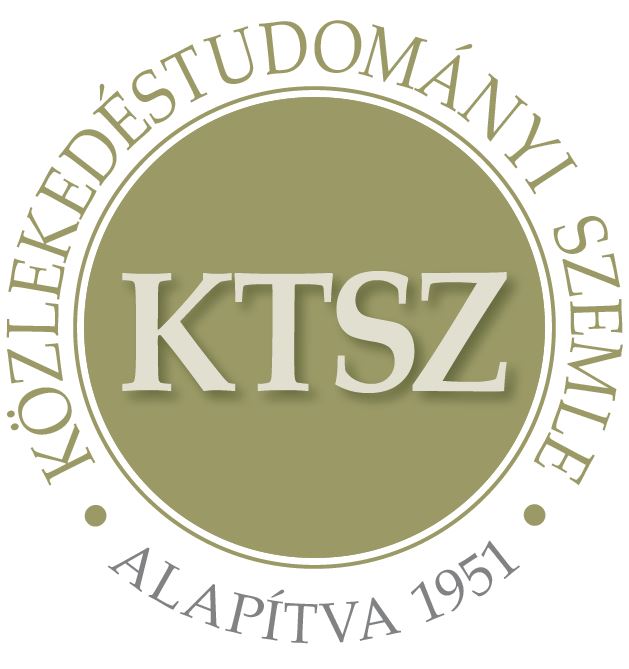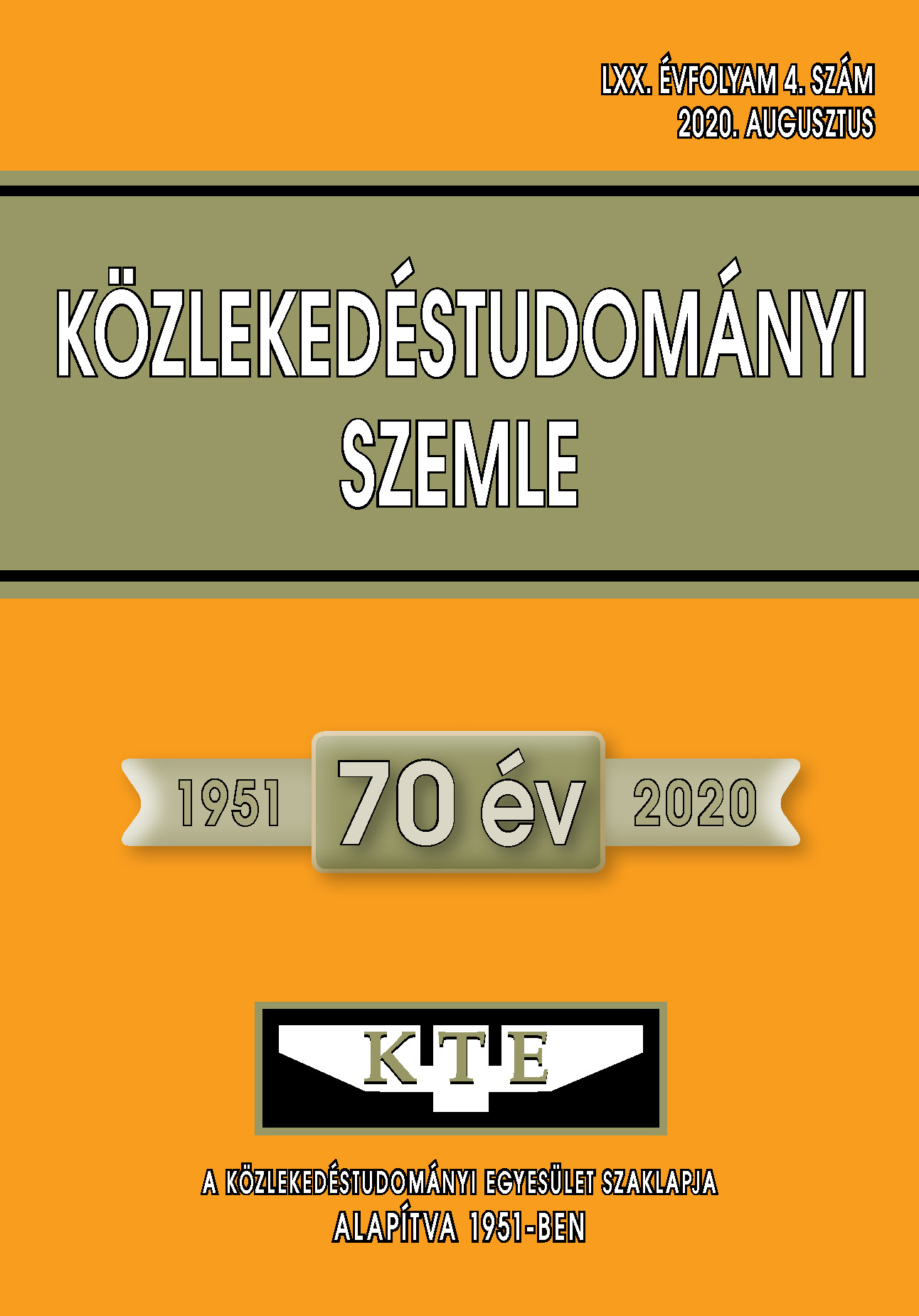Concept and prototype development of a wireless traffic light system with a distributed control structure
Abstract
The innovative nature of the developed traffic light system stems from the novelty that it enables wireless technical implementation in a so-called distributed regulatory structure in contrast to the concept of conventional central traffic control equipment (which has remained virtually unchanged since its inception in the early 20th century). On the one hand, the innovation has been implemented on a conceptual level: a detailed technical specification and system of requirements have been set up in order to ensure that the system to be developed complies with all applicable technical regulations / standards and thus guarantees the safe operation provided by conventional traffic control equipment. On the other hand, the development has reached the realization of a specific prototype, which – based on the tests performed so far – proves that it can operate reliably.
References
Vincent, D.: Wireless Traffic Signal Control - How Boulder saves a bundle by replacing T1 lines with private wireless technology, IMSA Journal (International Municipal Signal Association, USA), Vol. January-February, pp. 57-58, 2008. http://www.imsasafety.org/journal/jf08/21.pdf
Thatsanavipas, K., Ponganunchoke, N., Mitatha, S., Vongchumyen, C.: Wireless Traffic Light Controller, Procedia
Engineering, 8, pp. 190-194, 2011. DOI: http://doi.org/dkf274
Bo, L., Fusheng, Z.: Traffic Signal Control System Based on Wireless Technology, 2013 Third International Conference on Intelligent System Design and Engineering Applications, Hong Kong, China, pp. 1578-1580, 2013. https://doi.org/10.1109/ISDEA.2012.379
Hujber R., Tettamanti T., Varga I.: Intelligens közúti forgalomirányító rendszer, elosztott elrendezésű szabályozó logikával, Használati mintaoltalom, Lajtstromszám: 5034, Bejelentés ügyszáma: U1800160/10, Elfogadás dátuma: 2019.05.31.
Tamaskovics G., Tettamanti T., Varga I.: Az intelligens jelzőfej koncepciója: vezeték nélküli, elosztott rendszerű jelzőlámpás forgalomirányítás, Közlekedéstudományi Szemle, LXVI. évfolyam, 6. szám, pp. 45-54., 2016.
Tettamanti, T.: Wireless Traffic Signal Controller with Distributed Control System Architecture. Periodica Polytechnica Civil Engineering, 63(3), pp. 918-925, 2019. DOI: http://doi.org/d2ms
Peterson, L.: Petri net theory and the modeling of systems, Prentice Hall, USA, 1981.
Vörös, A., Darvas, D., Hajdu, Á., Klenik, A., Marussy, A., Molnár, V., Bartha, T., Majzik, I.: Industrial applications of the PetriDotNet modelling and analysis tool, Science of Computer Programming, 157, pp. 17-40, 2018. DOI: http://doi.org/gdfqhh
Articles published electronically are open access (OJS), freely available online and can be downloaded. Authors of articles are not charged any publication or publishing costs (APC). Users have the right to read, download, copy, print, and search the articles, or share the full text with a link.
Authors must declare that their submission has not been previously published in another journal, that financial support has been acknowledged, and that the list of references is complete and accurate, including specification of URLs and DOIs (if available). When submitting a draft article, each author approves the submitted version. Authors guarantee that the article is their original work. Authors are required to participate in the peer review process, follow the advice of reviewers, meet the prescribed deadlines, and, if any, withdraw the submission or correct errors.
All submitted articles are subject to peer review, where the editors request an independent evaluation from at least one expert, ensuring that the reviewer(s) have no conflicts of interest with the authors. The final decision is made by the Editor-in-Chief, who takes into account the evaluations and the suggestions of the editors. The editors and reviewers treat the submission confidentially.
The publisher and editors are committed to maintaining high ethical standards and to preventing publications that involve research misconduct. They follow the COPE guidelines on such ethical issues.
The authors retain copyright and grant the journal the right of first publication under the Creative Commons License (https://creativecommons.org/licenses/by-nc-nd/4.0), which allows others to share the work, while acknowledging the authorship of the work and the first publication in the journal.
The journal archives all published articles, and the journal's owner, the Hungarian Society of Transportation Sciences, will continue to operate the database even if the journal ceases to be published.















